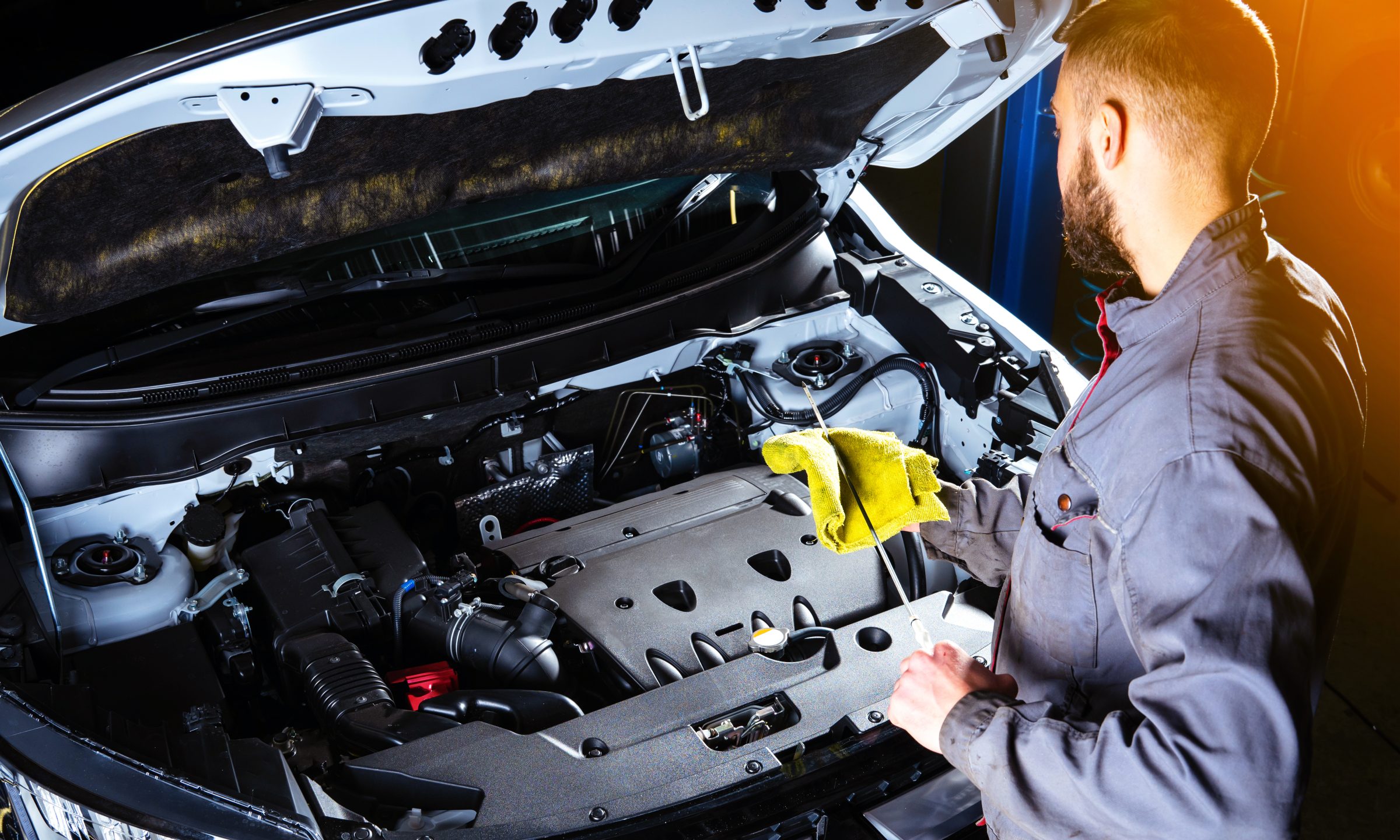All Categories
Featured

The check engine light (CEL) is just one of the most important warning systems in your cars and truck, yet it typically creates complication or stress for several chauffeurs. Comprehending what this light represents and exactly how to manage it can save you time, cash, and unnecessary anxiety. This overview gives an overview of what activates the CEL, its potential ramifications, and the actions you need to take when it lights up.
What Does the Check Engine Light Indicate? The CEL belongs to your automobile's onboard diagnostics system (OBD), which checks engine performance and emissions. When the system detects a concern that needs your focus., it brightens.
Strong Light: Signals a non-urgent problem yet one that ought to be addressed soon, such as a sensing unit breakdown or emissions-related issue. Flashing Light: Shows an important concern like an engine misfire. Driving in this condition can create extreme damages, so immediate action is required. Typical Sources Of the Check Engine Light. The CEL can illuminate for a vast array of reasons, some small and others much more extreme. Right here are some of the most regular reasons:

Loosened or Damaged Gas Cap:
A loosened gas cap can endanger the fuel system, activating the CEL. Monitoring and tightening up the cap is an easy first action when the light begins. Faulty Oxygen Sensing Unit:
This sensing unit monitors the air-to-fuel proportion in your engine. A malfunction can decrease gas effectiveness and increase emissions. Malfunctioning Catalytic Converter:
The catalytic converter assists lower hazardous exhaust emissions. Ignoring various other engine concerns, like misfires, can bring about catalytic converter damage. Spark Plug or Ignition Coil Problems:
These parts are important for starting and running your engine efficiently. Routine maintenance can stop wear and failure. Mass Air Flow Sensor Issues:
This sensor measures the amount of air going into the engine to ensure ideal performance. A dirty or faulty sensor can decrease performance and power. When the Examine Engine Light Comes On, steps to Take. Examine the Gas Cap:
Tighten up the cap and see if the light transforms off after driving a few miles. Observe the Automobile's Habits:
Keep in mind any type of uncommon symptoms like harsh idling, lowered power, or strange sounds. Check the Codes:
Utilize an OBD-II scanner to retrieve trouble codes stored in your vehicle's computer system. Many vehicle components shops use this service for free. Visit a Technician:

If the light remains on or is flashing, take your automobile to an expert for a thorough medical diagnosis. Stopping Check Engine Light Issues. Positive upkeep is the very best means to prevent CEL troubles. Comply with these tips:
Stay With a Regular Upkeep Schedule: Modification your oil, change filters, and check trigger plugs on schedule. Evaluate the Gas Cap: Replace damaged caps to stop leaks in the fuel system. Use High Quality Fuel: Poor-quality fuel can add to sensor and exhausts issues. Why Prompt Action Matters. Neglecting the CEL can cause much more serious troubles, such as engine damages or costly repairs. If ignored., a tiny concern like a loose gas cap can grow out of control right into a significant expense.
Final thought. The check engine light is an important device for preserving your car's health and wellness. By understanding its purpose and reacting without delay, you can prevent unnecessary repairs and keep your cars and truck running efficiently. The next time the CEL begins, keep in mind to stay tranquil, check the fundamentals, and speak with a professional if required.
Latest Posts
Experience Excellence at Modern Nissan of Winston-Salem
Published Feb 23, 25
2 min read
Discover Jeep Adventures at Albany CDJR
Published Feb 23, 25
1 min read
Search Engine Optimization for E-commerce Websites-- Ideal Practices to Optimize Product Pages, Improve Conversions, and Increase Organic Web Traffic
Published Feb 23, 25
2 min read
More
Latest Posts
Experience Excellence at Modern Nissan of Winston-Salem
Published Feb 23, 25
2 min read
Discover Jeep Adventures at Albany CDJR
Published Feb 23, 25
1 min read